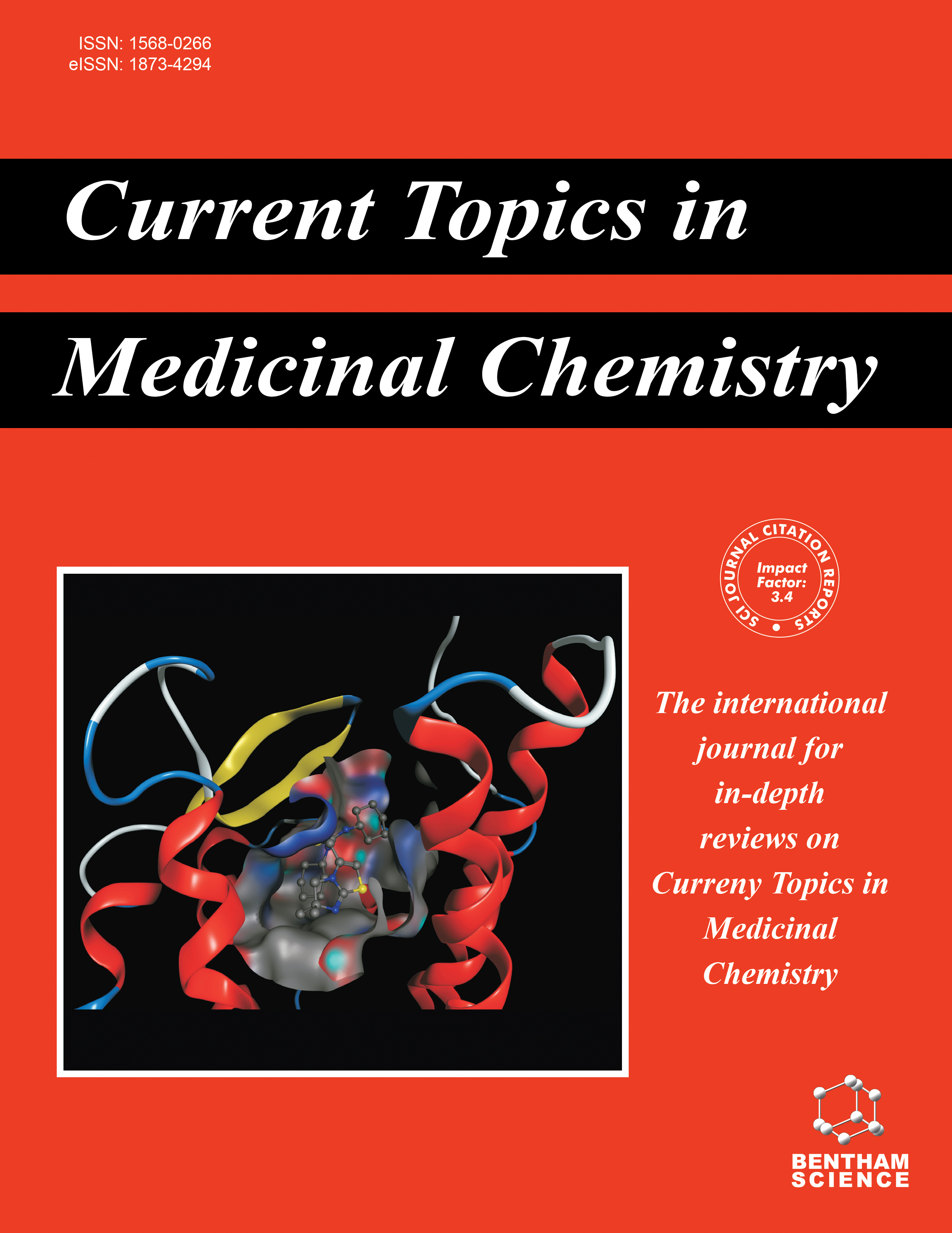-
oa Editorial [Hot Topic: Lipophilic and Amphiphilic Interactions in Glycoprotein 41:Targets for Therapy (Guest Editor: Miriam Gochin)]
- Source: Current Topics in Medicinal Chemistry, Volume 11, Issue 24, Dec 2011, p. 2945 - 2946
-
- 01 Dec 2011
- Previous Article
- Table of Contents
- Next Article
Abstract
The fusion-inducing conformational switch in the extracellular domain of HIV-1 transmembrane protein gp41 began to be elucidated in 1993, through the discovery of highly potent antiviral activity of C-peptides derived from the extracellular domain. In the subsequently determined three dimensional structure, an N-terminal coiled coil core (NHR) anchors three antiparallel C-terminal heptad repeat (CHR) helices in a six-helix bundle (6HB) post-fusion conformation. In 1999, a hydrophobic pocket was identified as a potential hotspot for inhibiting the protein-protein interaction. Since then, numerous studies have focused on peptide and small molecule intervention of HIV-1 fusion. To date, 34 to 36-residue C-peptides with high potency have been developed, and multiple studies have shown that peptide activity could be enhanced by modifications which increased amphiphilic properties, including helical content and salt-bridges on the outer surface. However, there has been very little progress in the development of small molecule alternatives. Currently, only μM activity of small molecules has been achieved. More recently, details of the mechanism of action of 36-residue peptide T20, the sole FDA approved fusion inhibitor, have revealed a critical role for the hydrophobic C-terminal segment in associating with the membrane (and helping to form the fusion pore.) Other studies have shown that the N-terminal coiled coil is itself subject to lipophilic interactions and both C- and N-peptides show enhanced activity if conjugated to lipophilic groups. These studies and others have resulted in novel insights into the mechanism by which gp41 facilitates viral-cell and cell-cell fusion. This issue of Current Topics of Medicinal Chemistry is devoted to reviewing the interaction of gp41 with lipids and model membranes and their role in the transition from the pre- to post-fusion conformation. Structural studies reveal the variability of fusion peptide (FP), membrane-proximal external region (MPER) and NHR structures in different membrane-mimetic environments that most likely play a critical role in the conformational changes associated with gp41 function. The first review from Dr. Robert Blumenthal's group lays the biological framework of the fusion process, and defines the role of gp41 in the processes of not only viral entry, but also bystander apoptosis and HIV pathogenesis. Garg et al have deciphered the important role of gp41 in cellular membrane fusion and its relationship to viral fusion and the spread of infection. The review explores the specific roles of gp41 amphiphilic and lipophilic domains in the process of hemifusion, whereby viral induced apoptosis occurs. They further relate the specific effects of mutations arising from T20 treatment in pathogenicity. Dr. Lifeng Cai's team provides a thorough review of the biochemical and biophysical methods used to study gp41 - lipid interactions, and summarizes the results that have been obtained. The review includes a discussion of gp41 domain and membrane mimetic systems. Each spectroscopic technique is described in terms of the information that can be gleaned from the results. Examples include fluorescence for detection of peptide binding, lipid mixing and fusion, CD and IR for gleaning secondary structure information, NMR and EPR for site specific peptide structure and orientation information, NMR and IR for lipid order, among others. The review goes on to describe the application of these techniques to FP, NHR/CHR, MPER and loop domains of gp41, and paints an intriguing picture of the properties of the various functional domains, while also revealing the complexities and variability in the experimental systems. Dr. Jose Nieva and colleagues consider the role of membrane-transferring peptides from the fusion peptide (FP) domain and membrane-proximal external region (MPER) in contributing to the stability of the six-helix bundle and the fusion pore. They stress the FP as a therapeutic target, reviewing inhibition by oligopeptides optimized for their FP-binding and anti-hemolytic properties, and discussing studies that probe the mechanism by which fusion proceeds past the initial bundle formation to pore formation. The review extends into consideration of peptides derived from the MPER as fusion inhibitors, by virtue of their homo-oligomerization properties, and as immunogens, with consideration of their structure and orientation in the membrane....


